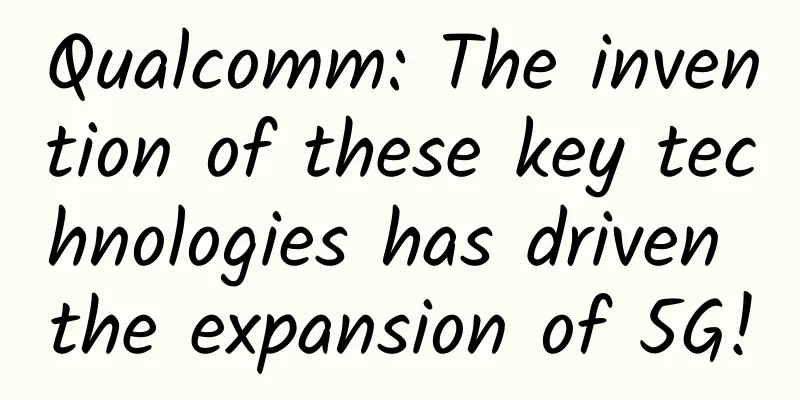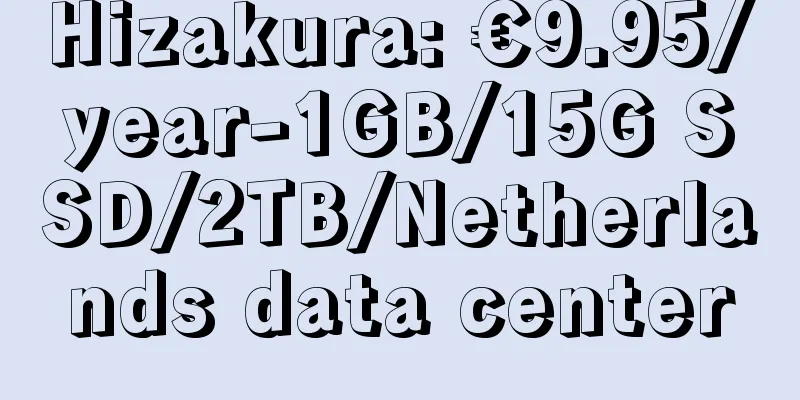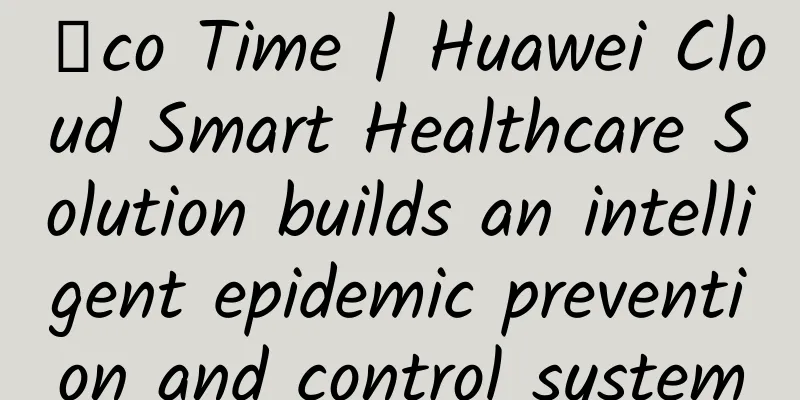Customized COSU equipment management solutions

|
Corporate Owned Single-Use Units (COSUs) are used across many industries. They typically consist of an Android TV-powered device that is locked to a single purpose. You can find them in airport lounges, hospital lobbies, and at trade shows and conferences, often used as information kiosks, touchscreen check-ins, and video displays. There are two types of COSU devices: customer-facing and employee-facing. The former provide digital services or information services to customers, such as kiosks, e-ticketing kiosks, or video displays. When companies use COSU for large-scale activities, they usually need dozens or even hundreds of devices. Managing all these devices securely and ensuring they work as intended involves a lot of time, effort, and money if done manually. A smarter and more efficient approach is to deploy a mobile device management (MDM) solution through cloud connectivity.
Why use a mobile device management solution?MDM software provides enterprises with a more efficient way to manage hundreds or even thousands of devices. If the IT team has to manually handle each device in their COSU, there will be no time to do anything else. In addition to time considerations, every time the software needs to be updated and patched or a new application needs to be installed, the company will also send a team to the local site for operation, which consumes manpower costs. With MDM software, technicians can connect to all devices wirelessly at the same time. From their desks, they can perform regular monitoring and maintenance tasks. At the same time, administrators can perform security checks and deploy measures to protect devices and their data from unauthorized use. In addition, MDM provides the following advantages.
Get started with COSU Device ManagementCompanies that require employees to use only authorized devices at work usually provide COSU devices that are managed by the IT team. However, some companies allow employees to connect their personal devices to the corporate network. This is often a win-win situation for companies and employees. For employees, it means managing one device instead of multiple devices. For management, it means fewer devices to buy and more cost savings. However, with one device, how can employees separate work and personal activities? COSU device management including BYODThe practice of using personal devices, known as BYOD, has long been an issue for many organizations. Policies that allow employees to use their personal devices provide a more convenient way for employees to connect to the office network. This practice does present risks, and managing a COSU network that utilizes BYOD devices will require a qualified MDM solution to ensure that work data remains secure in the office. In addition, the software should allow for flexible deployment, seamless integration, and device-agnostic capabilities. This ensures that employees can enjoy the benefits of BYOD while their devices remain secure. When managing COSU and BYOD devices for employees, enterprises must:
Manage COSU equipment efficiently with smart solutionsConfiguring access levels and ensuring device security will become an easier task if you use a strong MDM solution. In particular, using a single-purpose device management solution can help prevent devices from straying from their purpose. MDM software also provides an effective window for monitoring and maintenance, and ensures that devices are protected from unauthorized connections. The ideal MDM software should be a device-agnostic platform that can accommodate both COSU and BYOD devices. It should have cloud connectivity to connect to all devices wirelessly. Additionally, COSU device management software must adhere to data privacy guidelines such as GDPR, HIPAA, FERPA, and others. Private data must be handled securely, and awareness of applicable policies can help avoid costly breaches. The software should also have the ability to generate usage data in each device to create reports and analytics. Once connected to the network, devices can now be monitored to determine their location and whether their use is in compliance with policy guidelines. In the event that administrators suspect an attempt to destroy data or actually steal a device, administrators can activate security measures. In extreme cases, this may include locking the device or wiping the data to prevent data theft. |
>>: Wi-Fi HaLow could be the next IoT enabler
Recommend
RackNerd: $19.99/year KVM-1.8GB/28GB/3TB/Los Angeles Data Center
RackNerd has launched some promotions in Los Ange...
RAKsmart: Hong Kong/Japan/San Jose/Los Angeles popular cloud servers with a discount of 10% and annual payment starting from 79 yuan, and regular cloud servers with a discount of 30%
Last week, we shared information about RAKsmart&#...
RAKsmart popular cloud server starts from $1.99/month, Hong Kong/Japan/Singapore/Korea/US data centers
In April, RAKsmart offers a hot sale and regular ...
TCP three-way handshake and four-way wave and 11 states
[[331585]] Source: 22j.co/buCw Three-way handshak...
What is 6G and how close are we to its launch?
No, you read that correctly - 6G. Considering tha...
Are there fake Gigabit routers? Have you ever avoided these manufacturers' pitfalls?
The story of how home networks are as slow as a s...
Huawei Enjoy 10S review: good-looking, powerful camera, long battery life, a good deal for a thousand-yuan phone
This afternoon, Huawei held a new product launch ...
10 hottest enterprise networking startups in 2019
Cloud computing, automation, and intent-based net...
Log Analysis for Software Defined Data Center (SDDC)
Modern infrastructure is generating log data at a...
Say goodbye to data "roaming" fees: 10 questions, everything you want to know is here
Recently, the three operators have successively i...
spinservers: Starting from $49/month-E3-1280v5/32GB/1TB NVMe/30TB@10Gbps/Dallas & San Jose data centers
spinservers has released a promotion for March, o...
Top 10 Cyber Threats to Private 5G/LTE Networks
We all want devices to communicate with each othe...
Building "China's Most Secure Cloud"! Huawei Cloud Passes the Most Stringent PCI-DSS Security Certification in History
[51CTO.com original article] On March 22, Huawei ...
Tongcheng Yilong Wang Xiaobo: Cache should be managed in this way to handle high-concurrency scenarios with ease!
[51CTO.com original article] The Global Software ...
Performance improvements of Http/2 compared to Http/1.1
What has changed since HTTP/1.1 was invented? HTT...









